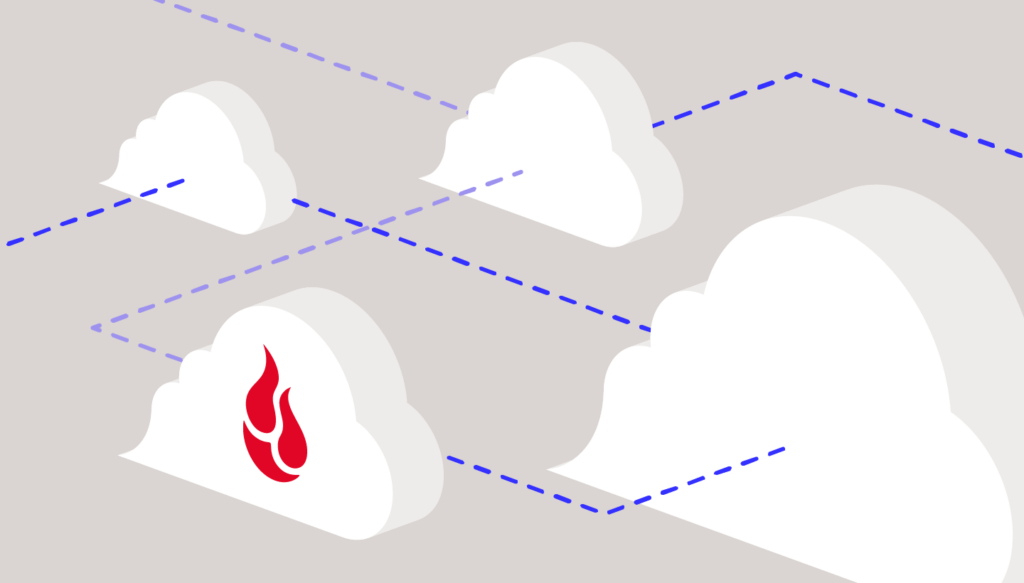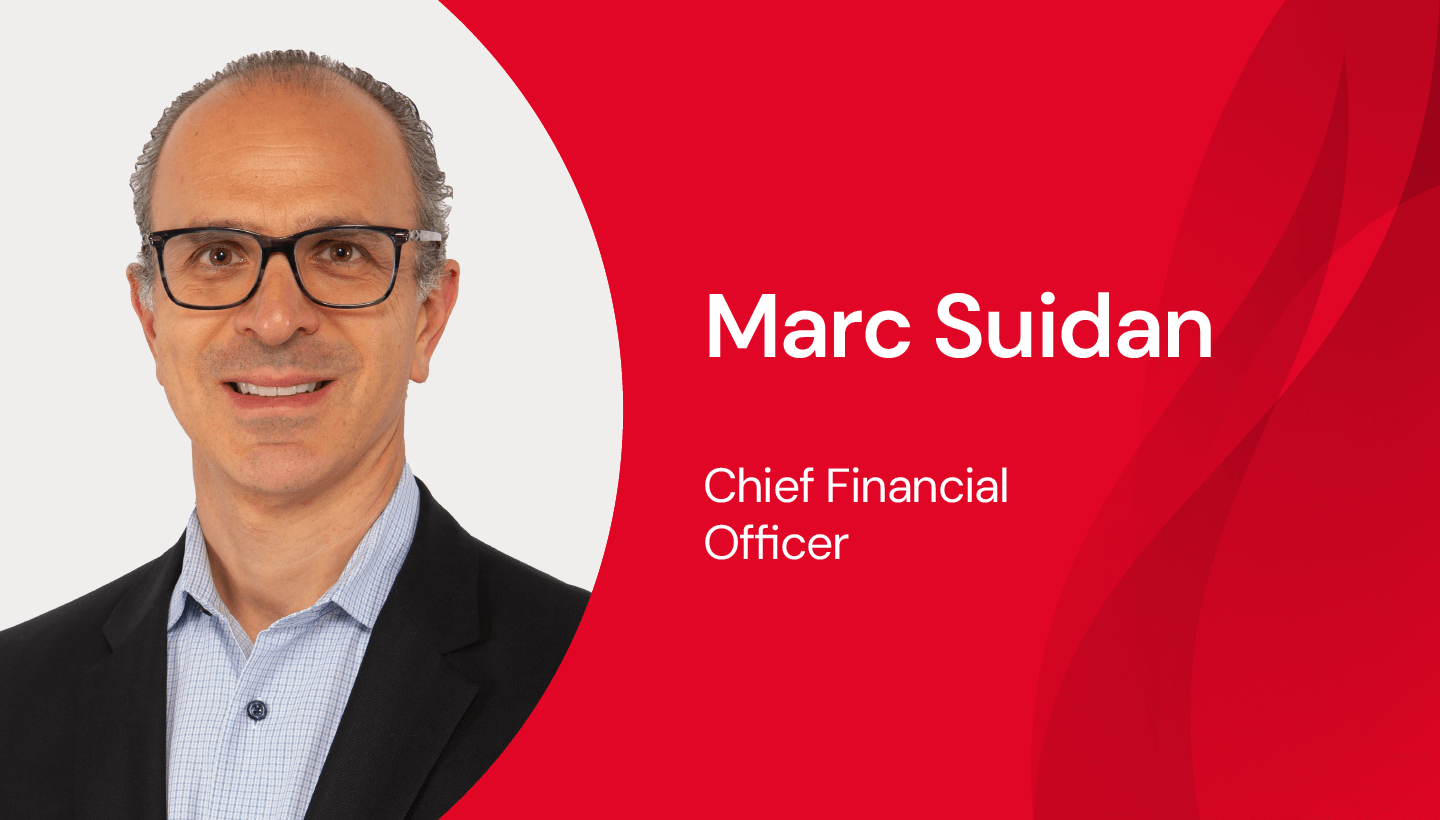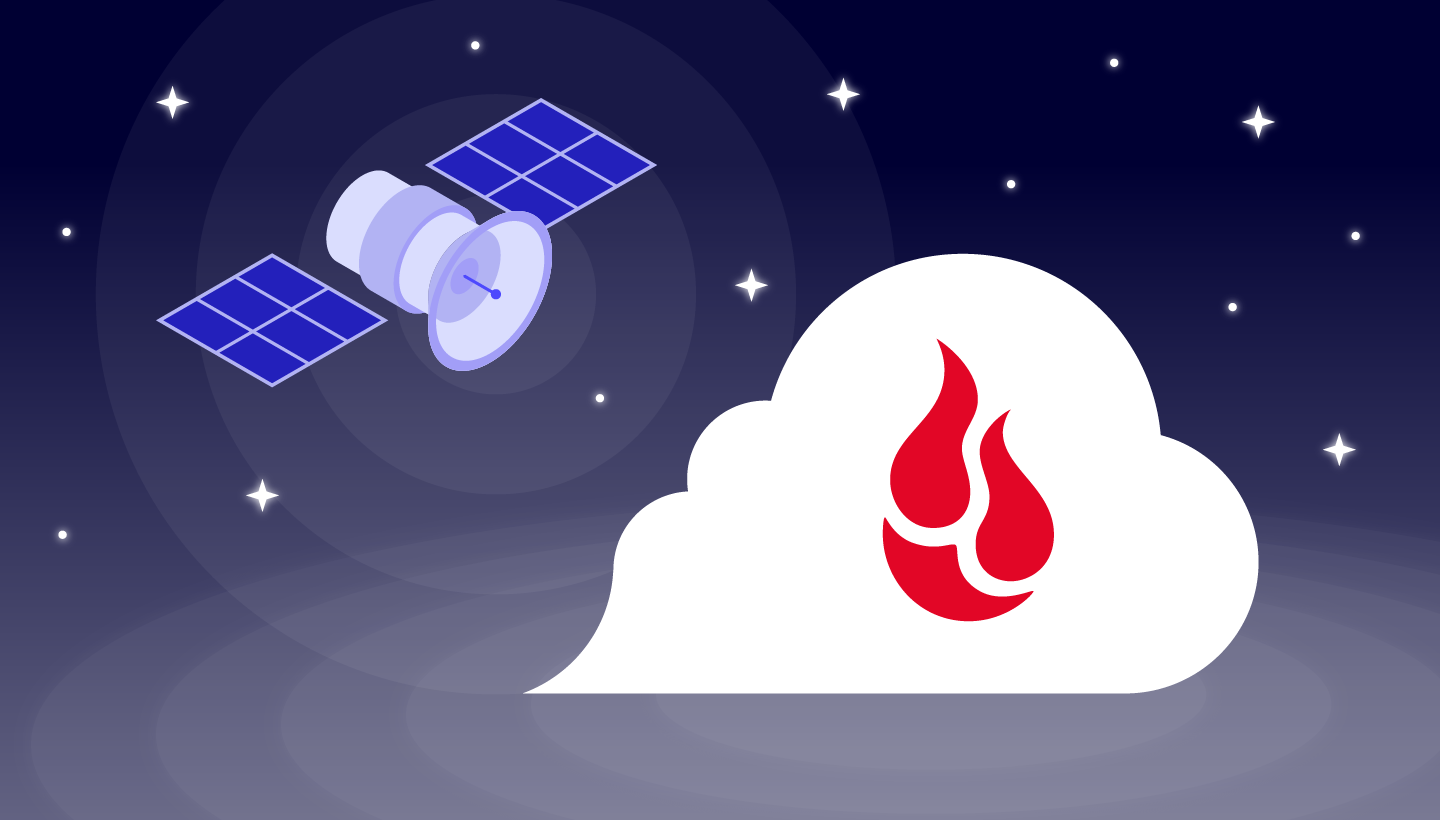
Highways have lanes for a reason. The lanes help ensure that large volumes of traffic can reach their destinations quickly and safely. And they support order and predictability in systems where some folks want (or need) to go NASCAR fast and others like myself a little less so.
Backblaze is now applying such fundamental highway engineering thinking to the B2 Cloud Storage platform, introducing a rate limiting policy designed to effectively support different types of customers and usage demands so everyone can continue to enjoy the high performance storage they need while better protecting all from the risk that any one customer or set of customers creates a traffic pileup for everyone else.
In practical terms, the new Backblaze policy prevents unexpected API usage spikes by limiting customers’ call and byte rates to specific thresholds per a specific period of time; if the rate is exceeded, the customer will temporarily receive a 503 status code when using our S3 compatible API, or a 429 status code when using our Backblaze B2 native API. This is similar to policies and status codes you’ve seen from other global cloud object storage providers including Amazon Web Services S3 and Microsoft Azure.
Based on our analysis of customer usage patterns, we are confident that the overwhelming majority of you will not reach rate limit thresholds–just smooth sailing, or open road if we stick to the highway/lanes analogy.
Backblaze can also assist customers that need a limit increase, for performance and proof of concept (PoC) testing, recovery and restore, and/or anticipated everyday needs.
Click down details:
- This policy is limited to Backblaze B2 Cloud Storage usage. Backblaze Computer Backup usage is not within the scope of this policy.
- Customers storing 10TB or below will initially be provisioned for uploads up to 3,000 requests per minute and 800 megabits per second, and for downloads up to 1,200 requests per minute and 200 megabits per second, all per account. Other API operations may also be limited to keep traffic flowing, but again, this won’t be noticeable to most customers.
- Customers storing more than 10TB, including all sales assisted customers whom we’ve supported during implementation and/or renewal, will experience no change at this time.
- Traffic analysis and engineering is a dynamic activity, so we’ll likely revise limits over time in response to evolving usage patterns, improvements we roll out, and, of course, customer feedback. We will announce significant changes here on the blog.
You can visit our API documentation for more information. Please also don’t hesitate to contact our support team with any questions and/or to proactively talk about the right rate limits to serve your unique needs.




